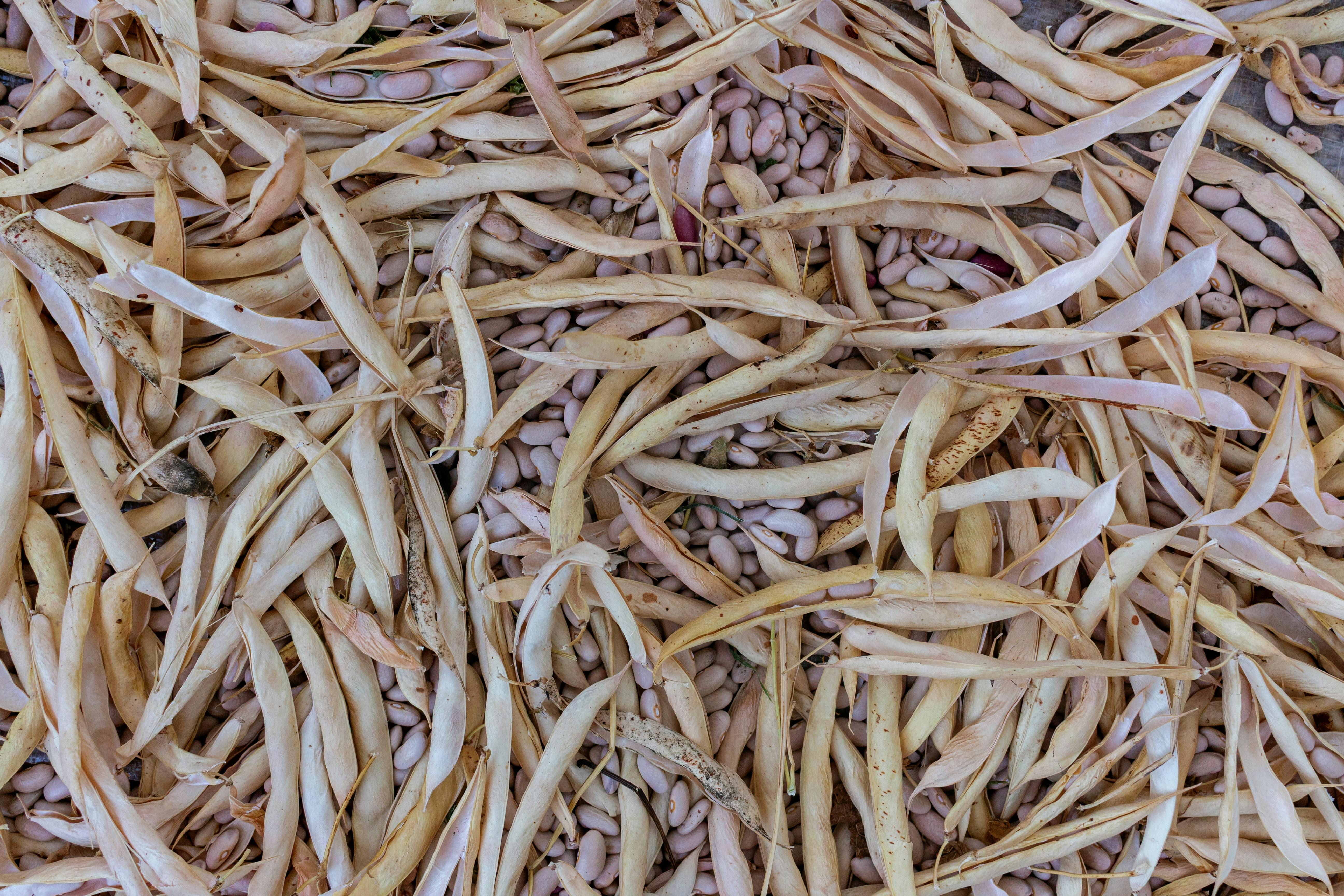
This one’s a little humbling to admit, but if you’re looking at your lush bean plants covered in flowers but no podsI’m right there with you.
It’s mid-July, the garden’s full and vibrant, and my pole beans and bush beans are blooming like crazy. But… not a single bean pod in sight. And after walking my beds, reading up, and taking a closer look at my own practices, I figured out a few key reasons why this is happening. Spoiler: I'm definitely part of the problem.
Let’s break it down.
My Mistake: Too Much of a Good Thing (Fish Emulsion Overload)
I love foliar feeding. There's something magical about giving your plants a quick nutritional boost right through the leaves. So this season, I started foliar feeding with diluted fish emulsion a few times a week, especially during hot spells. I also applied it directly at the base. It felt like I was doing something good.
But it turns out... I was overdoing it.
Fish emulsion is high in nitrogen, great for green leafy growth, but when it comes to fruiting plants like beans, too much nitrogen causes the plants to prioritize foliage and flowers over pod development. That’s exactly what I was seeing: beautiful vines, tons of blooms… and no beans.
- Why High Temperatures Affect Pollination (Especially in Beans)
Once temps start sitting above 85°F consistently, bean plants (especially pole beans) start to struggle with successful pollination.
Here’s why:
Heat affects pollen viability.The pollen may still form, but it becomes less sticky or can break down before it reaches the stigma. Flowers may drop early. In extreme heat, some flowers abort before they’re even pollinated. Pollinator activity drops off. Bees, in particular, avoid working during the hottest part of the day right when flowers are open and ready.
So even though your plant looks healthy and full of flowers, the actual fruiting part pod set is being disrupted by the heat.
- Nitrogen Overload = No Beans
Beans are legumes. That means they can fix their own nitrogen through symbiosis with soil bacteria. They really don’t need a lot of extra nitrogen especially once they start flowering.
Too much nitrogen creates:
- Excessive leafy growth
- More flowers than the plant can support
- Delayed or failed fruit set
In my case, the double-dose of fish emulsion (foliar + soil) was just too much. I unintentionally shifted the plant’s energy away from producing beans.
- Lack of Pollinators or Dry Soil Can Also Delay Pod Set
Even with proper temperatures and fertilization, you can still struggle with fruiting if:
Pollinators are scarce.Beans are self-pollinating, but they benefit from movement (wind or bees) to help pollen transfer. If it's too still or too hot, they may need help.
Inconsistent watering dries out the soil. Beans are sensitive to dry spells even a short drought during flowering can cause the plant to abort potential pods.
What to Do (And What I’m Doing Now)
Here’s how I’m adjusting things in my garden to encourage beans to finally produce:
- Hand-pollinate a few flowers in the morning using a small paintbrush or just gently tapping the flower clusters to mimic bee movement.
- Cut back on high-nitrogen fertilizers.No more fish emulsion for now — especially not on the foliage or near the roots.
- Stay consistent with watering. Beans need even moisture during pod development.
- Encourage airflow and light. Thin out nearby foliage if your beans are climbing into shaded areas.
- Use a more balanced fertilizer at the base like Espoma’s Garden-Tone or Dr. Earth’s Tomato, Vegetable & Herb Fertilizer both offer a more complete nutrient profile without nitrogen overload and can be found in my Amazon Storefront for purchase https://amzn.to/3MDnYOM.
If you do want to keep foliar feeding, I recommend switching to a more balanced, low-nitrogen formula, or spacing applications out much further. You want just enough nutrients to support the plant, not enough to throw it out of balance.
Final Thoughts
It’s easy to think that if a plant looks healthy, it's on the right track. But sometimes, too much care or the wrong kind at the wrong time can hold your garden back. Beans are a classic example.
I’m adjusting my routine now and watching closely over the next week or two. Hopefully with more mindful feeding, consistent moisture, and some gentle hand-pollination, I’ll start seeing those little pods form soon.
If you’re in the same boat, don’t give up, beans can bounce back quickly once conditions improve.
Watch my beans in action in this video
Let me know in the comments:
🫘 Are you seeing lots of bean flowers but no beans?
📍 What zone are you gardening in?
Let’s troubleshoot together.
Want more slow-living garden and host styling inspiration? Sign up for my monthly Garden + Gathering Newsletter where I share behind-the-scenes garden wins, my favorite in-season dishes & styling, plant of the month and tips for your own garden to table recipes.
📲 TikTok:@growing_with_tiff
📷 Instagram:@growing_with_tiff
▶️ YouTube:GrowingWithTiff1
📌 **Pinterest: @growing_with_tiff
© 2025 Growing with Tiff

